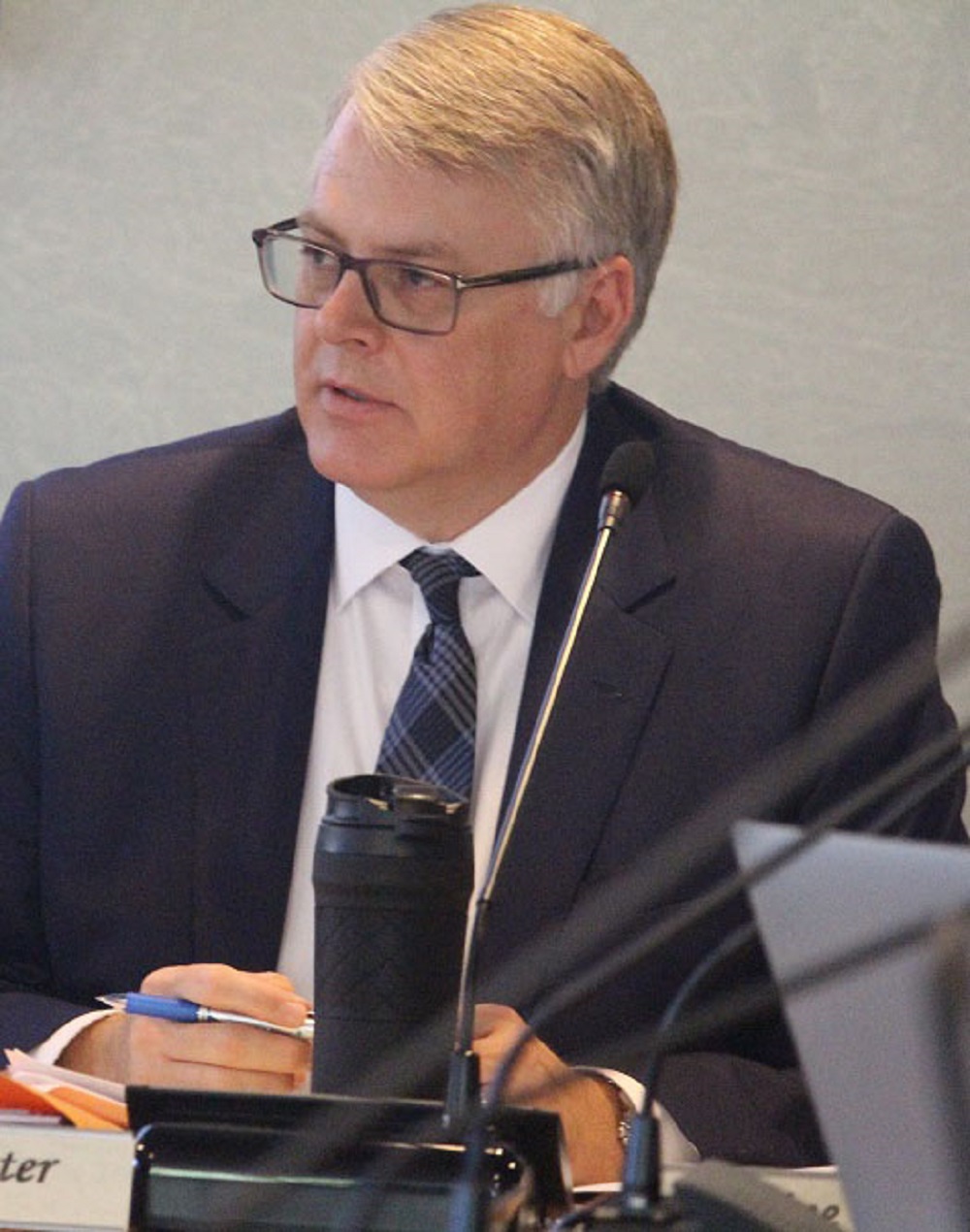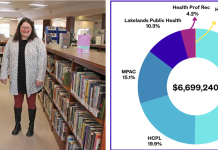A new intra-regional housing initiative, aiming to bring almost 500 affordable rental units to the Highlands by 2031, has been labelled a “potential game changer” by County CAO Mike Rutter.
Representatives from the Eastern Ontario Wardens’ Caucus (EOWC) unveiled plans for its ‘Seven in Seven’ program to County council March 22. Peter Emon and Jim Pine, of the EOWC, said the project would construct 7,000 new affordable rental units across 13 counties in eastern Ontario over the next seven years, with a tab of at least $3.1 billion.
Units will range in size from bachelor, featuring a single-roomed living area, to three-bedroom apartments.
Pine noted that, through the plan, the County could expect to see 490 new units built by 2031, with a further 735 units constructed in neighbouring Kawartha Lakes. Estimates peg the cost of that construction at $496.2 million, though Pine noted this didn’t cover procurement or servicing of land.
Emon said the EOWC had been working with municipal partners on the plan for around a year.
“Tackling the lack of housing and accompanied homelessness issue is our primary priority,” Emon said. “There is a chronic and serious supply problem with [all forms of housing] across our region… while we have made some progress, it is not enough to solve the issue. That’s why we have come together to pool our collective resources and experiences into a bold, new regional solution.”
Rutter said the project would be “monumental” for the County if it were to proceed, especially following recent news from KLH Housing Corporation, the local community housing service provider, which announced in February that it was pausing development on three new builds, slated to add 100 affordable units to the regional portfolio, due to the current economic climate.
Possible 2024 start
As of Feb. 21, KLH reported having 2,198 households on the waitlist for community housing, including 438 in the County. The average wait time for new applicants is 10 to 14 years.
“This project would address our waitlist issues here entirely,” Rutter told The Highlander in a February interview. “I think one important thing to note is this shows we’re not alone. A lot of places are running into these same problems… coming together with an organization like EORN that has such a tremendous track record, it’s potentially game changing for the future of our community.”
Investment needed
To make the project viable, Pine noted the EOWC was looking to partner with private developers.
“A mixed model approach makes most sense. Evidence shows if we can [incentivize] one rent-geared-to-income unit to be built, the private sector will buy in and build three units of their own at market rate,” Pine said.
This could help bring an additional 21,000 units to eastern Ontario.
All three levels of government will need to invest, too. Pine said municipalities could assist with land procurement, with the province and feds contributing funds for construction. He pointed to a recent report published by Scotiabank’s Global Economics Group, which suggested investment in social housing is the best way to address Canada’s housing crisis.
“They say it’s the best solution to unlock greater supply, as more affordable units will relieve pressure across the wider housing continuum,” Pine said.
MPP Laurie Scott said she was open to the initiative and “looks forward to [hearing] more information” soon, while MP Jamie Schmale threw his backing behind it.
“I would support anything that will get housing built quickly and at an affordable level. This housing shortage has hurt the growth of Haliburton County and created great hardship for a lot of people. It’s past time we did something,” Schmale said. “But if we rely on government only to get this problem fixed, there will never be enough money. We do need the private sector to be involved.”
Emon noted the project would have an economic impact of around $9 billion.
“It’s a great way to build the economy up at the same time,” he said.
Local response
County warden and Algonquin Highlands mayor Liz Danielsen said the EOWC has an “exceptional” track record when it comes to tackling regional issues, pointing to the success of the Eastern Ontario Regional Network’s Cell Gap project, which it helped launch. That $300 million initiative will improve cell service for 99 per cent of rural residents in the region by 2025.
“They’ve shown they can bring big projects together,” Danielsen said.
Dysart mayor Murray Fearrey said one of the major hurdles would be manoeuvring the provincial policy statement, which he says makes it difficult to sever and service lots in rural Ontario.
Bob Carter, Minden Hills mayor, said his concerns were mostly financial. Sitting on the KLH and local Habitat for Humanity boards, he said development costs would likely be significantly more than the $440,000 per unit the EOWC is currently projecting.
“If we have to start adding water and sewer connections [to future lots], that increases costs substantially,” he said. “We need to keep that in mind and be prepared to fight for this on a lot of different fronts to make it work.”
Pine said the group has retained a consultant and is establishing a formal business plan. He said a pilot in one of the 13 counties to provide proof of concept will be launched in the fall. If all goes well, and there’s a commitment from all parties, he said construction could begin in 2024. That was music to Danielsen’s ears.
“It’s ambitious…but it’s in all our hearts that this is a successful project. We’ll do everything we can [at the County level]. On our own, it’s a struggle to see how we can make this work. But through a regional approach, there’s a lot of opportunity for success,” she said.





